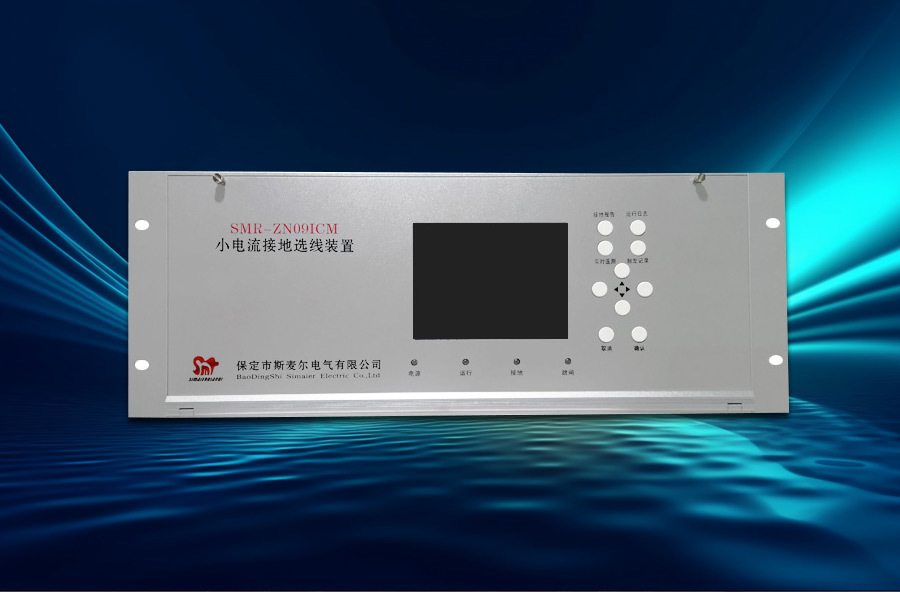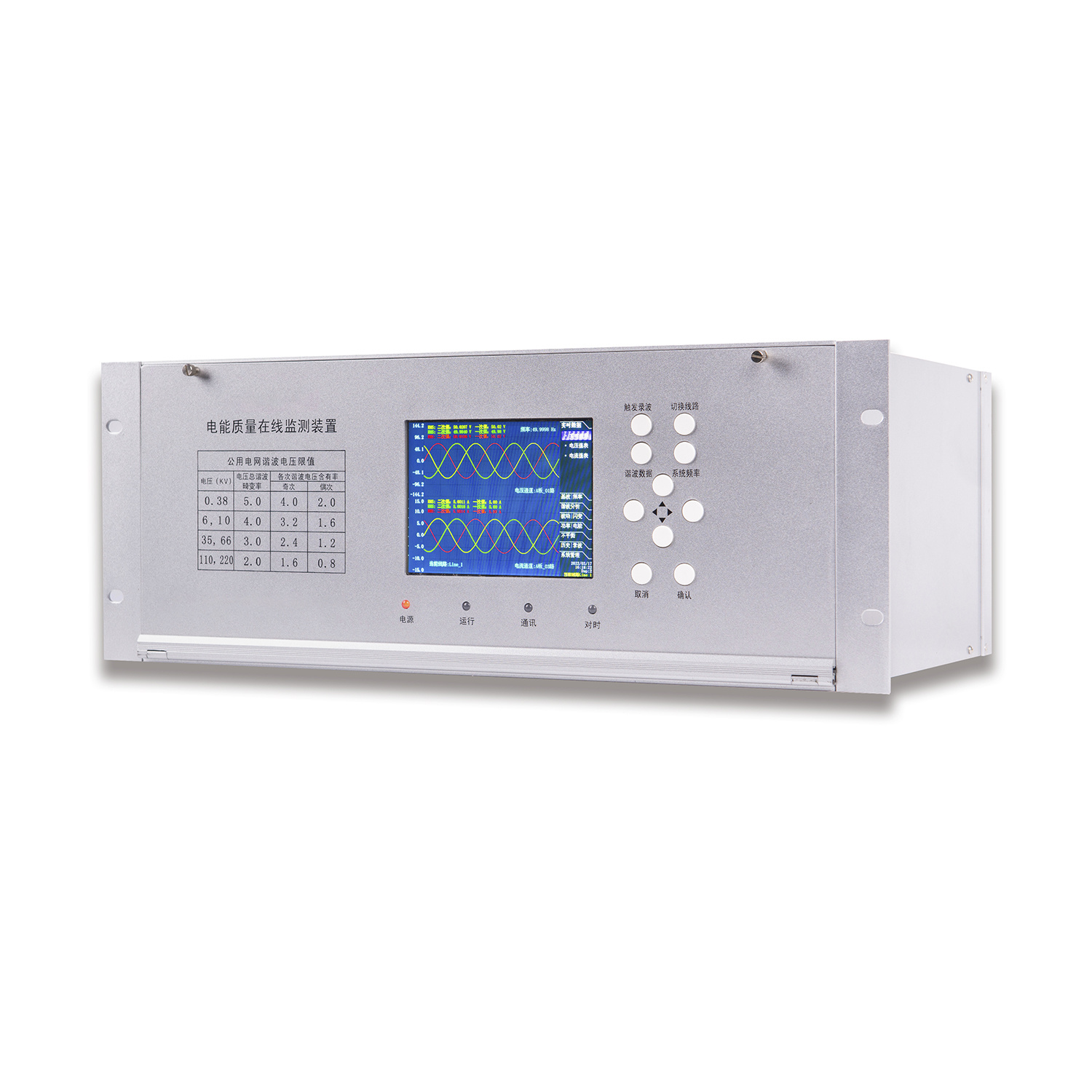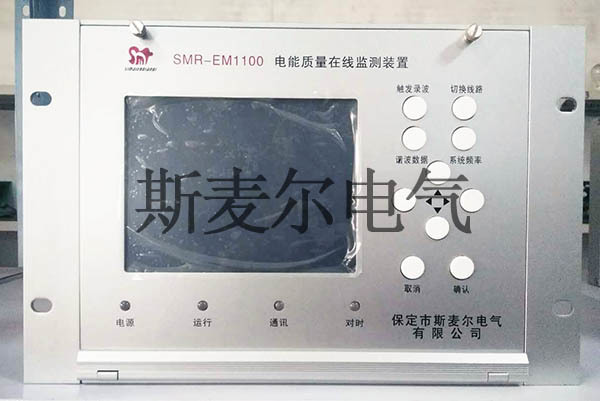Explore the working principle and application of fault logging
Release time:
2025-07-23
This article delves into the working principles of fault recording and its importance in modern technology.
In today's rapidly developing modern technology, fault recording plays a vital role as an indispensable part of the power system. Imagine, when a power system malfunction occurs, how to quickly locate and analyze the cause of the malfunction. This requires the help of fault recording technology.
Simply put, fault recording is a technology used to record instantaneous fault information that occurs during the operation of a power system. It measures parameters such as current and voltage, and records this data at the moment of the fault, providing valuable evidence for subsequent fault analysis.
So, what is the working principle of fault recording? Let me explain! When a power system malfunction occurs, the fault recording device will quickly sense the abnormal change. Next, it will start the data acquisition program and record the waveform changes of the current and voltage. At this time, the recording device becomes like a "detective," capturing all key information within a few milliseconds.
Fault recording devices generally use high sampling rate technology to capture current and voltage fluctuations in a very short time. This data plays a decisive role in later analysis, helping engineers quickly diagnose the location of the fault and avoid greater losses caused by the fault. This is like a doctor carefully analyzing a patient's medical history before surgery, ensuring that every detail is not overlooked.
Fault recording has a wide range of applications, especially in the fields of electricity, transportation, and communications. For example, in power systems, fault recording can help power companies quickly locate line faults, effectively shorten power outage times, and improve power supply reliability. In transportation systems, it can be used to monitor the operating status of traffic signal equipment to ensure traffic safety.
Interestingly, fault recording is not just a technical tool; it is also a "safety guardian" for the operation of modern society. Through real-time monitoring and data analysis, fault recording can promptly discover potential problems and ensure the stable operation of the system. In other words, with it, our lives are more secure.
With the continuous advancement of technology, fault recording technology is also constantly evolving. In the future, combined with artificial intelligence and big data analysis, fault recording will become even more powerful. It will not only be able to record faults but also provide early warnings before faults occur, further improving system safety and reliability.
In short, as an important component of the power system, the working principle and application scenarios of fault recording undoubtedly open a window to modern technology for us. By gaining a deeper understanding of fault recording, we can not only better protect the safety of the power system but also add a layer of security to our daily lives. In the future, with the development of technology, fault recording will continue to play its irreplaceable role. Let's wait and see!
Keyword:
Recent information
The main factors of insufficient selection principle for small current grounding.











